I wrote a lot about the people I met at the refugee camps on my personal Facebook page, and near the end of the trip, I collected donations from friends to redistribute directly to refugees and to give to volunteers on Mytilene for supplies.
Some people missed that window to donate, so I’m posting a few options for helping out here, if you are so moved.
1) See what the Lesvos Volunteers group needs.
This is a kind of umbrella website for all the volunteers on Mytilene (a few are mentioned below). I have met and/or worked with almost all of them, and can vouch for their efficacy. As of now (early October), this website is the best way to figure out what they need.
This is because–fortunately!–the various specific volunteer groups have gotten a lot of press and subsequent donations. So their needs are now quite specific.
One of those needs, it must be said, is people, on the ground helping. If you are at all entertaining thoughts of going to Greece, and you’re a self-starter who can see what needs doing and just do it, they could use you.
2) Send a shipment of supplies via Amazon.
I set up an Amazon.co.uk wish list with basic gear for kids and adults. (Shipping from the UK to Greece is cheaper than from the US.) If you’re based in the US, ideally order with a credit card that doesn’t charge a foreign transaction fee (a lot of cards charge 3%).
The list is now maintained by Philippa and Eric Kempson, a British couple who live in Eftalou, on the north coast near Molyvos, where many refugees arrive. They and their team help people out of the water, feed them, get them warm clothes. I first read about them in this story.
3) Donate to the NGO O Allos Anthropos.
Here is a GoFundMe page I set up with Annia Ciezadlo. [EDITED: We paused donations for now so I could send a chunk of money. If we gather too much at once, it’s a mess to move it all! Bear with us.]
I cooked with them a bit one day, and Annia went a second time, and wrote this great piece about it.
This is a wonderful team of Athens-based volunteers who came to Mytilene to cook at the refugee camps. While many refugees are not poor, they are still traveling on extremely limited funds (who knows when they’ll work again?), so a hot meal from these guys is a balm for the soul. For others who are totally broke, this is the only real food they’ll get.
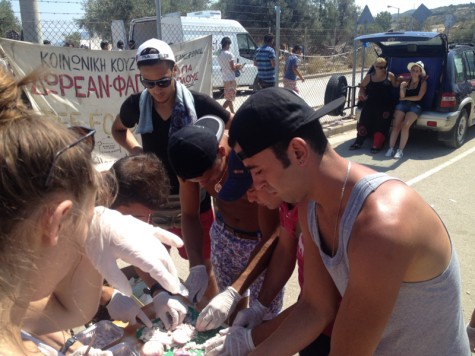
4) Wire money to the NGO Angalia. [As of 23 September: HOLD OFF for now! They are swamped with donations and can’t manage it all at once.]
Angalia (it means ‘hug’ in Greek; also spelled Agkalia) is a three-person organization that spends all donations directly. It was started by a Greek priest (he just passed away September 1)–read about him on the UNHCR blog. I met another member of the NGO, Giorgos Tyrikos, in Kalloni and immediately gave him cash. He was off to buy sandwich fixings. They do good work. See the bank-transfer details below.
If wiring money to a random bank account in Greece makes you nervous, or your bank charges terrible fees drop me an email. I’m happy to take cash via PayPal myself, then wire money in a lump sum, to minimize the cost.
You can also use the new service TransferWise, which sends money internationally with very low fees. And if you use this referral link, you get a kickback and so do I–I will donate mine to Angalia.
4) Donate to International Rescue Committee.
This is the most conventional thing to do–it’s tax-deductible and all. Of course there’s some overhead, and not all your cash will go to help people. But I can definitely vouch for the IRC.
In the short time I was on Mytilene, they did two substantially great things at Kara Tepe: laid down gravel to keep the dust down in the camp, and built shower stalls for women. Since then, they’ve done even more, such as running buses to spare refugees the 40-mile walk across the island.
Giorgos of Angalia also had a fantastic story about an IRC rep handing him an envelope full of cash earlier in the summer, on the first day Greece kicked in the capital controls–Giorgos had donated money waiting in the bank, but couldn’t withdraw it. IRC gave him 5K euros to buy food.
Many thanks in advance, and even if you can’t help now, at least keep these refugees in your thoughts.
ADDITIONALLY, for anyone with contacts in Greece: Information is in very short supply for refugees. Here is a Greek-Arabic phrase list–please distribute to anyone you know working with refugees in Greece. Also, please share this map of Mytiline island (PDF, good for printing; JPG, good for viewing on phones), with the various camps marked. And here is a Google map, for online reference.
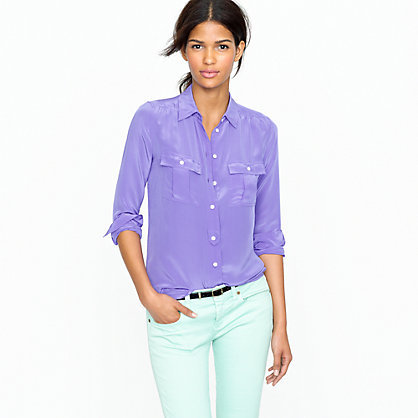

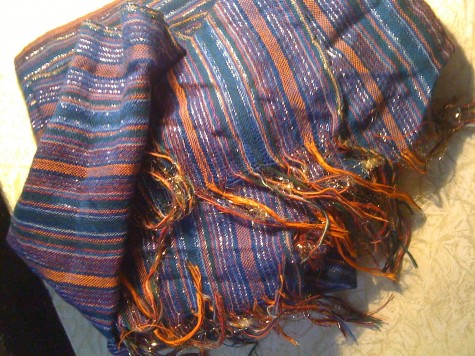




















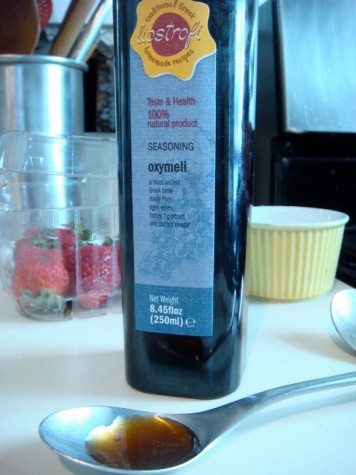 I’ve lived in Astoria for 11 years. There are lots of grocery stores here, and new foodstuffs all the time. But it’s been a long time since I’ve found something I’ve never even heard of: oxymeli. It was just sitting there, all innocent, on the shelf at my usual Greek grocery, Greek House on 30th Avenue. I love this guy because it’s the best kind of tiny store–the kind where the more you look, the more you see things you need. Also because he stocks a lot of
I’ve lived in Astoria for 11 years. There are lots of grocery stores here, and new foodstuffs all the time. But it’s been a long time since I’ve found something I’ve never even heard of: oxymeli. It was just sitting there, all innocent, on the shelf at my usual Greek grocery, Greek House on 30th Avenue. I love this guy because it’s the best kind of tiny store–the kind where the more you look, the more you see things you need. Also because he stocks a lot of 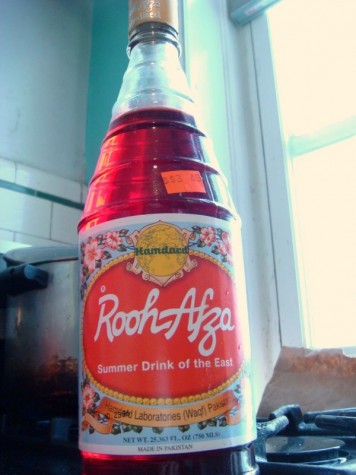 And because our pantry is overstuffed, I have to manage it the same way I do my clothes, tossing old to make room for new. The victim this time was a bottle of Rooh Afza, appealingly billed as “The Summer Drink of the East,” and smelling of rose and “fragrant screwpine.” Alas, it didn’t taste like much but sugar, and even its pretty label and ridiculous bright-pinkness couldn’t save it. Buh-bye, Rooh, and thanks anyway to Hamdafd Laboratories of Pakistan (though I love the sound of a drink made by Something Laboratories, don’t you?).
And because our pantry is overstuffed, I have to manage it the same way I do my clothes, tossing old to make room for new. The victim this time was a bottle of Rooh Afza, appealingly billed as “The Summer Drink of the East,” and smelling of rose and “fragrant screwpine.” Alas, it didn’t taste like much but sugar, and even its pretty label and ridiculous bright-pinkness couldn’t save it. Buh-bye, Rooh, and thanks anyway to Hamdafd Laboratories of Pakistan (though I love the sound of a drink made by Something Laboratories, don’t you?). 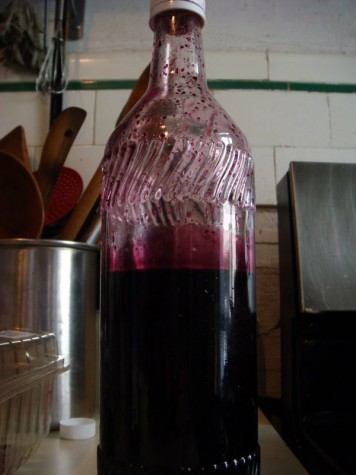 Oh, but I lie. I snuck in another new thing, without quite purging something else. It’s a bottle of mulberry syrup from Syria. It was a risky thing to bring back, considering it could have made a horrific mess in my luggage. But it’s intact (if now even already a third consumed), and in a drink-mixing frenzy over the last few days, I found it goes well with gin, and with bananas in a smoothie. Now that’s versatile–a real keeper.
Oh, but I lie. I snuck in another new thing, without quite purging something else. It’s a bottle of mulberry syrup from Syria. It was a risky thing to bring back, considering it could have made a horrific mess in my luggage. But it’s intact (if now even already a third consumed), and in a drink-mixing frenzy over the last few days, I found it goes well with gin, and with bananas in a smoothie. Now that’s versatile–a real keeper.